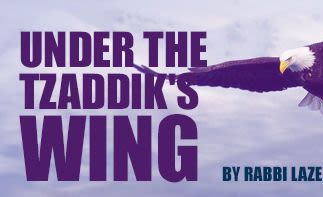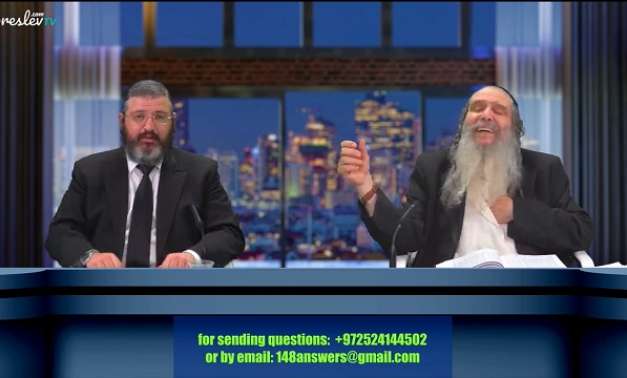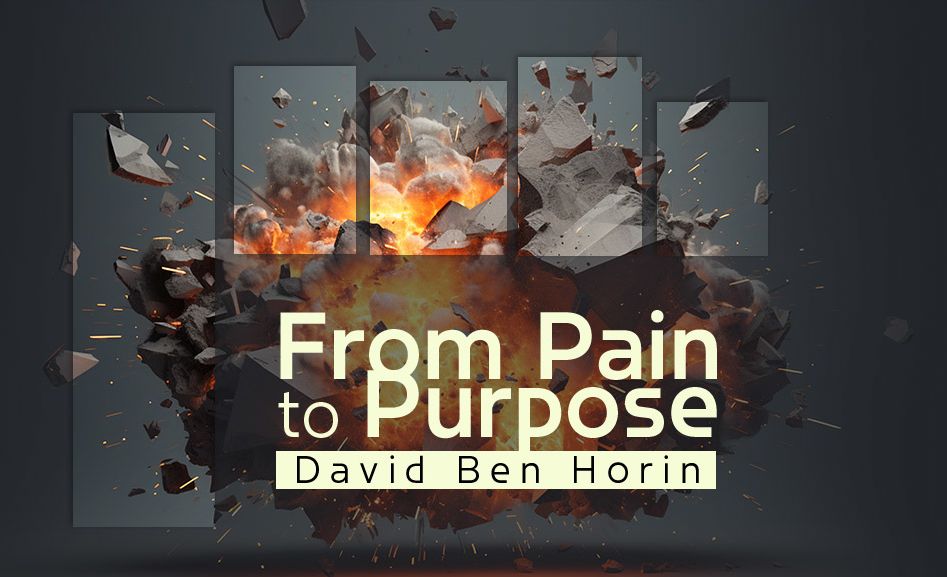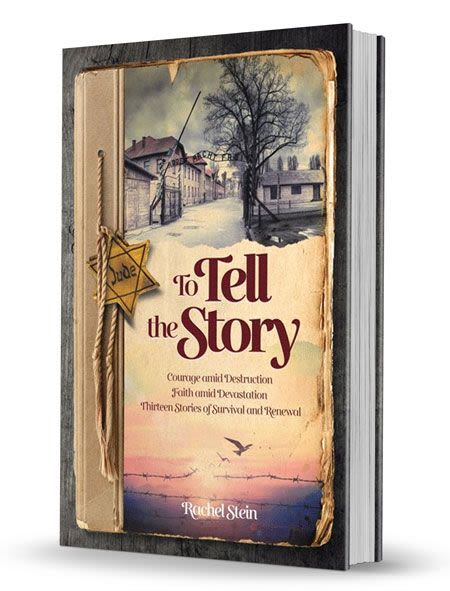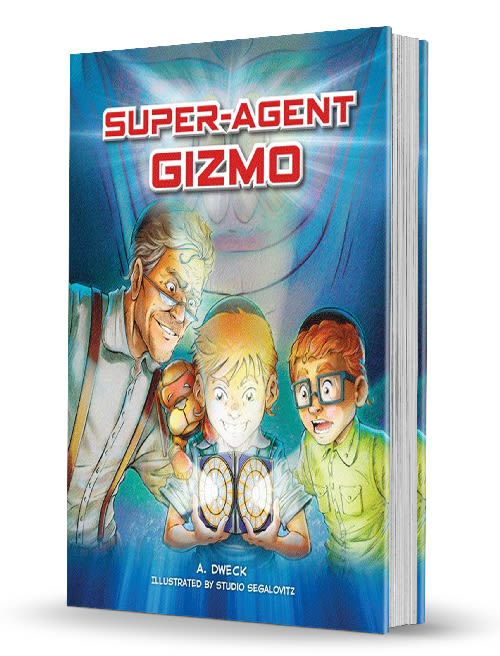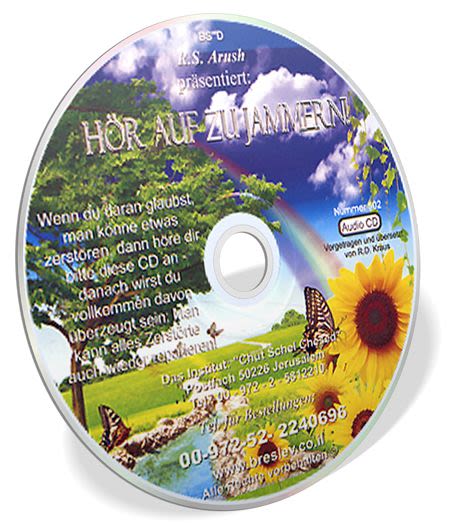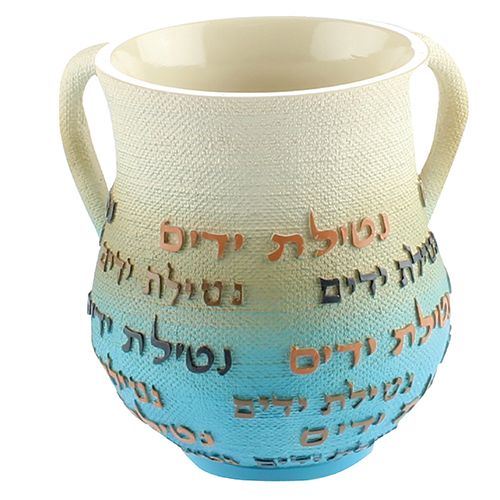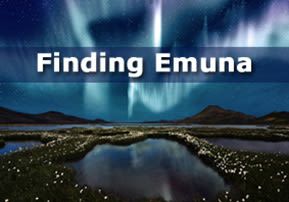
Finding Emuna
This is the first installment of the amazing, candid, and poignant true story of how Rabbi Shalom Arush made teshuva.

Rabbi Shalom Arush’s story of teshuva and faith, Part 1
My life is a story about finding emuna. Although my biographical details and background might sound rather foreign and far removed from yours, you’ll soon see that we have much in common. How can I make such a statement? Simple – you are my brothers and sisters. You don’t have to be a PhD in genealogy to understand that people with the same father are brothers and sisters. You and I have the same Father – our beloved Father in Heaven. As soon as we discover this important fact of life, we can live in true peace – not only with ourselves, but with each other.
To really find your Father in Heaven, you need emuna. Emuna is the pure, simple, uncomplicated belief in God. The more you believe in Him, the more He reveals Himself to you.
I’m sure this sounds strange to you. Logic says, “First show me God, and then I’ll believe in Him.” I challenged God in the same way nearly forty years ago. I was looking for some serious answers in life that no one could give me. I asked God if he was the real deal or not. He knew that I was sincerely looking for the truth, so He didn’t hesitate in answering. Let me tell you all about it:
Early Years
I was twelve years old when my parents and my fellow siblings left our centuries-old family home in Bnei Mallal, Morocco and came to Israel. My parents were very religious, but I was educated in a secular French school named “Alliance.” I had tradition all around me, but I preferred going to the beach in Casablanca than attending a prayer meeting. The secular world seemed to be pulling me like a magnet, and I was enjoying it.
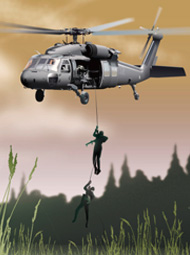 As a high school student in the very secular atmosphere of an Israeli public high school, religion and I simply said goodbye. I had other more exciting things to do. In 1970, I was inducted into the Israel Defense Forces (IDF), and I became an airborne medic in the crack Air-Force pilot-rescue squad that was known as Unit 386, later to become the renown Unit 669 as it’s known today.
As a high school student in the very secular atmosphere of an Israeli public high school, religion and I simply said goodbye. I had other more exciting things to do. In 1970, I was inducted into the Israel Defense Forces (IDF), and I became an airborne medic in the crack Air-Force pilot-rescue squad that was known as Unit 386, later to become the renown Unit 669 as it’s known today.I participated in dozens of hair-raising missions that include rescuing downed pilots behind enemy lines in the Yom Kippur War of 1973. Several times, I was the medic with the chopper crew that flew former Defense Minister Moshe Dayan. I took my job seriously, and even learned how to perform emergency field surgery by practicing on dead bodies in Israel’s Institute of Forensic Pathology in Abu Kabir near Yafo. We practiced extensively on cadavers. I had become used to handling maimed and dead bodies anyway in so many gruesome wartime situations. My comrades and I become calloused, sort of a defense mechanism to keep from going crazy. We’d talk to the cadavers as if we were joking with them. Ultimately, the joke was on me, as we’ll see a bit later.
University
After the Yom Kippur War, I was discharged from my regular service in the military. I dreamed of being accepted to Medical school, but my grades in humanities were low. In Israel, there’s little chance of getting into med school if all your grades aren’t perfect. Yet, my perfect grades in math and sciences and my personal profile were enough to get me into med school in Canada. God had different plans for me; an injury on reserve duty was His way of stopping me from going to Canada. At the time, I was sorely disappointed. Today in retrospect, it’s obvious that my injury was a gift from God to keep me here in Israel, because He had different plans for me.
I gained acceptance to Tel Aviv University where I began studying economics and accounting. By the time my freshman year was over, I was on top of the world. I had my own car, which was a phenomenal status sign for a young Israeli in the early 70’s. I was way up on the Dean’s List, charismatic, good looking, and sought-after by the opposite sex. Life was really looking rosy…
The Telegram
A post-office courier knocked on my dorm-room door with a telegram. Five of my very best friends – brothers in arms from my old unit – were killed in a helicopter crash while still on active duty. I was so into myself at the time, concerned with excelling in university and having a good time socially. I therefore didn’t give too much thought about the significance of those five funerals I now had to attend, in almost rapid succession, one after the other. The funerals were more of an opportunity to meet up with my buddies from the army than anything else.
Looking back, my life back then was surreal. In respect to the deceased, there was an intermission between each funeral so that the mutual friends could attend them all. But, during one of the intermissions, my buddies and I went to a restaurant in Yafo. We didn’t even discuss the deceased. All we talked about was the menu, our own lives, and having a good time. I loved art back then, so after the meal, we went to an exhibition of surrealistic paintings in a nearby Tel Aviv art gallery. Funerals, oriental restaurants, art galleries – this surely sounds weird to you but it’s an example of the type of twisted “live for today, the heck with tomorrow” lives we leading.
I should have looked in the mirror – I was much more surreal than the paintings I saw in that gallery. But, I wouldn’t remain nonchalant for long. Soon, my soul reminded me that it’s still alive, somewhere deep down inside.
Once the five funerals were all over and my friends and I went our separate directions, I was suddenly alone. No more socializing, no more camaraderie, only deep, gnawing, probing questions. I started to contemplate the five funerals. I felt deep remorse – these were my brothers in arms, we served together. We slept, ate, laughed, cried, sweat and bled together. We went through the proverbial hell and high water together…
To be continued.



